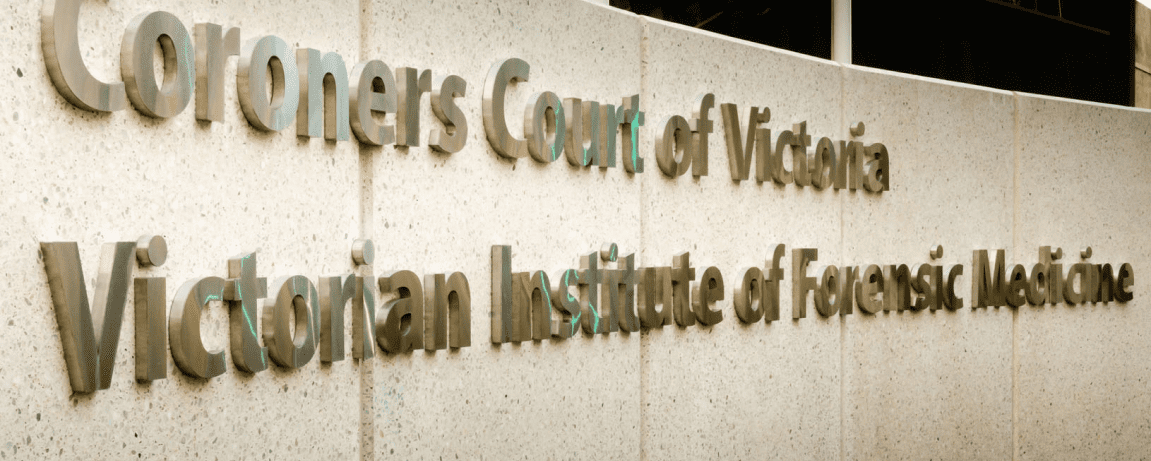The Coronial Admissions and Enquiries Office
The 24-hour Coronial Admissions and Enquiries (CAE) office is operated by the VIFM.
CAE staff work closely with families providing them with information and support throughout the initial investigation, particularly to those families who need to attend the VIFM in order to view the body of their family member for identification purposes. The CAE team who support the duty coroner and duty pathologist include senior nurses and medico-legal executive assistants. They are supported by forensic mortuary staff, administrative staff, forensic odontologists and forensic anthropologists.
Our nursing and administrative staff directly support coroners and pathologists in the earliest stages of the death investigation. This includes coordinating the initial stages of the coronial investigation and the collection of accurate legal and medical information. A part of the CAE role is to respond to medical enquiries from doctors and provide advice as to whether a death is reportable.
CAE staff will help if you want to see or spend time with your loved one and will talk to you about who will be the senior next of kin. Any communication about the coronial investigation will be made through that person or their chosen representative.
The role of CAE is to:
- receive reports of deaths
- take a person’s body into the care of CAE
- coordinate identifying the person who has died
- coordinate the medical investigation into a death for the coroner
- release a person’s body for the funeral.
